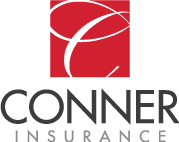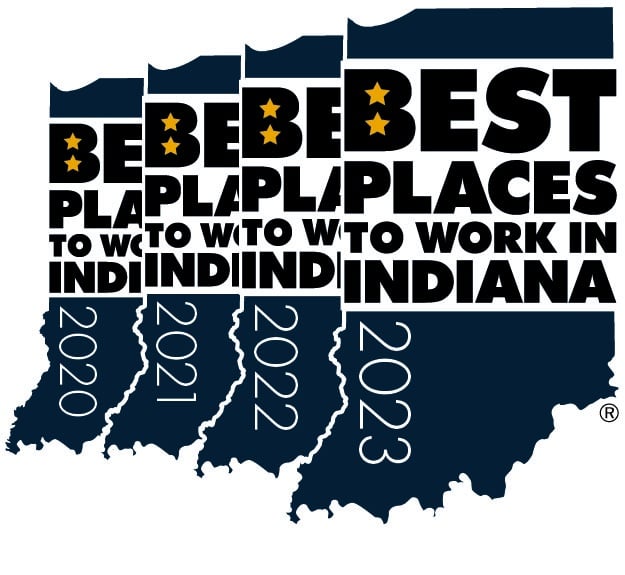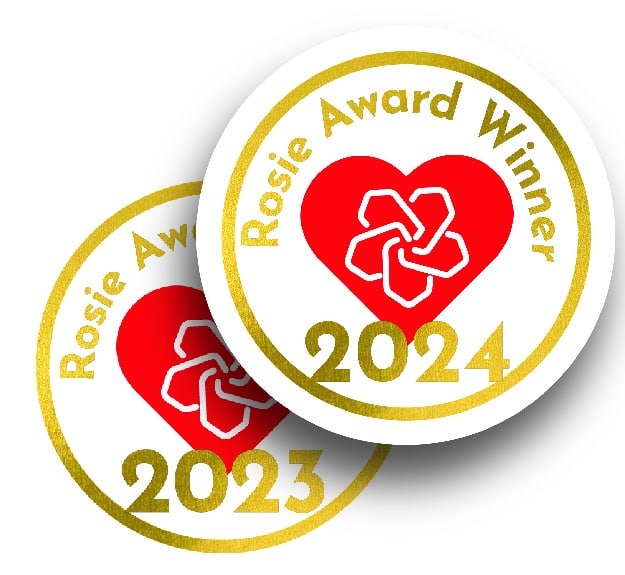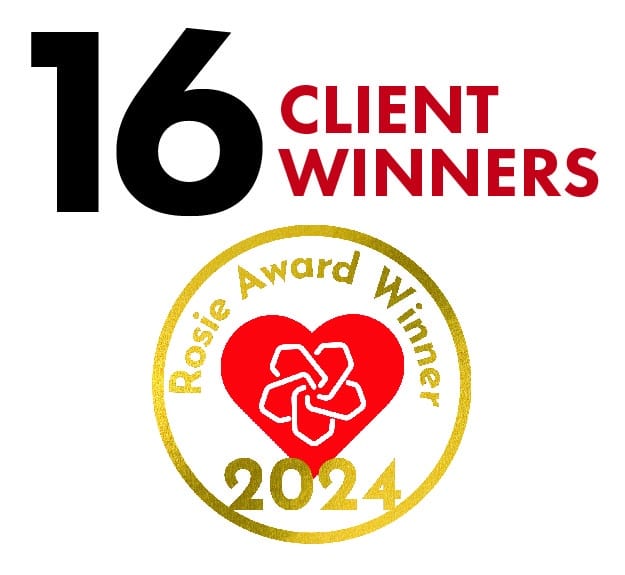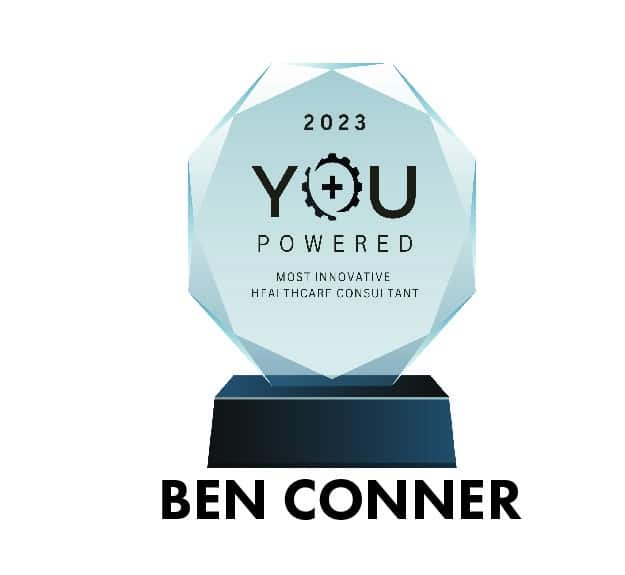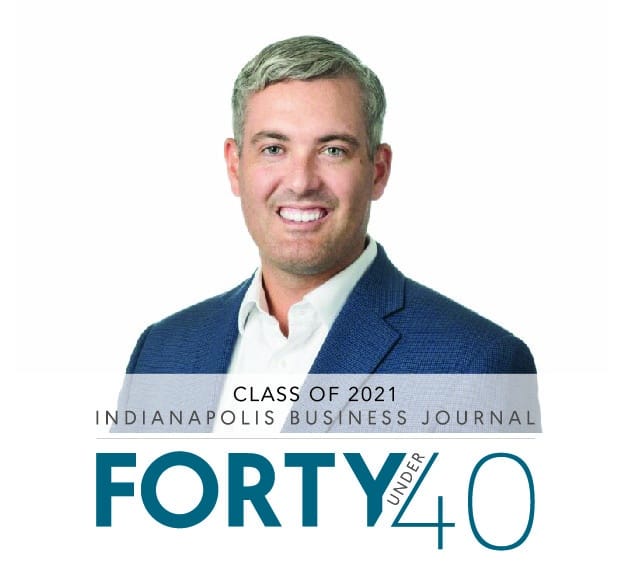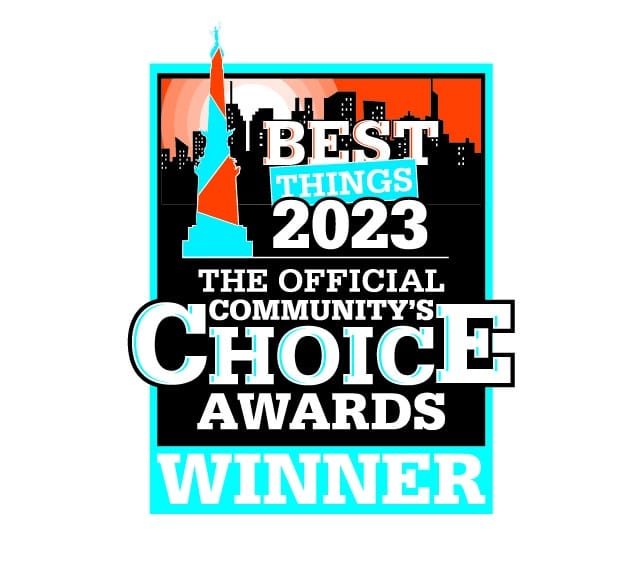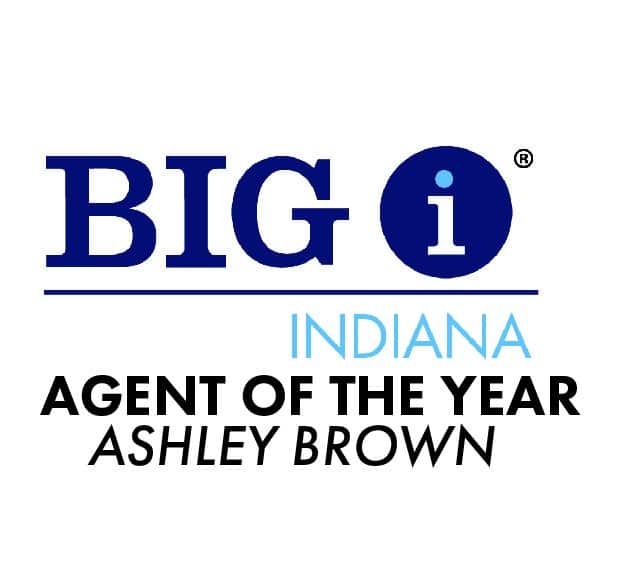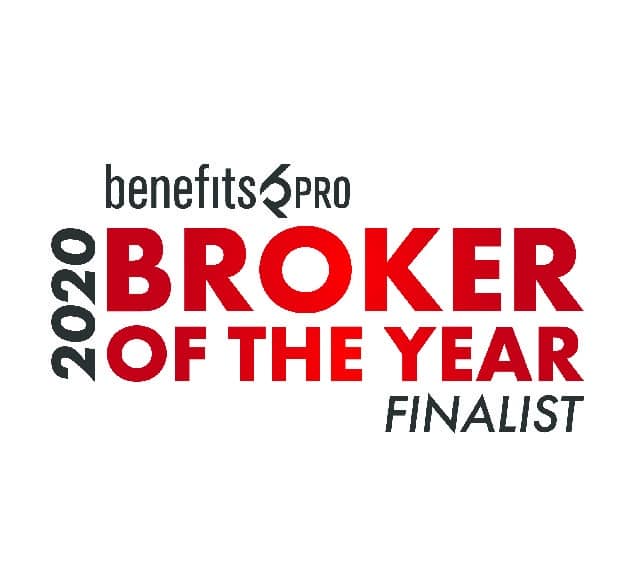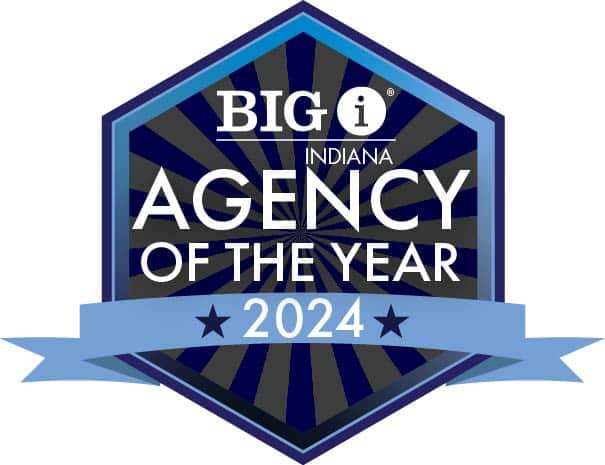Four Methods for Building Successful Relationships
BY: JASON STARNER | Senior Property and Casualty Advisor

One of the most important aspects of both my personal and professional life is building relationships. Having been in the insurance industry for well over a decade, I’ve worn many hats, and, as a result, have had the opportunity to work with a lot of great people. At Conner, a large portion of our new business comes from referrals that are the result of current or past relationships, an example of which is outlined in my piece about the value of an informed decision. Relationships like these are common in any industry, and everyone has their own methods for establishing and building them, but no matter what, one universal fact remains the same – relationships equal success. In this piece, I’m going to share the four methods I have used throughout my time in the industry to create, grow and reinforce the countless relationships I’ve had the opportunity and privilege to be a part of.
Education
Chances are, most employers don’t know what “EPLI” means. They also probably don’t know the exact terms of a captive insurance plan, or how to choose the right TPA or excess carrier for their needs. In some cases, the only thing they may know about all of these things is that they’re paying for them. There might even be cases where they don’t know they’re paying for them. See my point?
It’s no secret that insurance is complicated. The sheer amount of information, variety of plan types, programs, state-specific regulations, third parties and everything in-between can be pretty overwhelming. When I work with clients, I’m in a position to drive them toward certain options that I’ve found to be the best. Some may agree from the start and accept what I’ve laid out, while others may want proof and a deeper explanation before deciding to act. In either case, I make it a point to put forth the same amount of effort with each situation to make sure the client knows exactly what they’re getting themselves into, regardless of their level of understanding. This is because, in many cases, they aren’t just making a change to save money or maximize the effectiveness of a current plan, they’re making a change that will affect the future of their company. In my line of work, eliminating buyer’s remorse is always a top priority, because doing my job means taking the time to conduct the appropriate research in order to understand how a company or organization operates. I can’t realistically make an effective recommendation without first doing so. Through education, I’m placing the power in the hands of the decision maker, which lays the groundwork for our relationship moving forward.
Transparency
Transparency is a recurring theme in insurance. Above all else, it’s a promise. Some agents and third parties make this promise and uphold their end of the bargain, while others fail to deliver. Some may think that transparency involves going straight to the bottom line, but this approach is not only unethical, but also risky. If you gave out your company card to an employee, would you want them to return with a bill or an itemized receipt? Pretty much anyone would choose the latter. When I research options for current and prospective clients, I let them know what’s driving their costs up, explain individual rates, divulge whether we’re getting a commission from the carrier or if we’re collecting a straight fee, and a multitude of other factors. Say, for example, that I’m looking for a new worker’s compensation program for a client, and I find that I can save them $17,000 a year. I’ll give them a breakdown that shows their cost savings in addition to the fee that I charge for facilitating this change. Others might skip this process altogether and claim that they saved the client $13,000 on their annual premiums without explaining that their fee factored into that final number. By being transparent and up front, I provide an open forum to discuss these fees if the client has questions or concerns, rather than letting them find out later without the chance for an explanation.
Being Direct
In today’s busy world, one of the most valuable and limited resources is time. That being said, wasting someone’s time and beating around the bush is certainly not the way to impress them or gain their trust. This is why it’s important to ask the hard questions up front – what’s at stake? Are you happy with your current broker, carrier or third party relationships? What’s holding your company back? Making sure the big issues are identified from the start keeps everyone on track, and significantly reduces the amount of time needed to determine the best course of action.
I’ve learned that it’s better to have the respect and trust of someone I couldn’t help, than the business of someone who didn’t need what I was bringing to the table. When reviewing a client's insurance needs to determine the best course of action for their policies and coverages, there have been instances where a part of what had previously been proposed to them was actually their best solution – and it was my job to advise them as such - in addition to offering more solutions to suit their coverage needs. Regardless of the situation, being direct lets a client or prospect know that I respect their time, their money and their needs.
Good Communication
This one is self-explanatory. When transparency, education and being direct fall into the mix, having open channels of communication is the final piece of the puzzle that makes everything fit together. I have enough experience to know that having a one-sided conversation accomplishes nothing. Being able to connect with the person sitting across from you speaks volumes, because when you go beyond investing your time and energy into a company or organization and place an added focus on the employees and decision makers behind it, the difference is night and day. The client is going to be more comfortable asking for help or guidance if they know that I’m willing to set time aside to hear their concerns, and by talking to the client on a regular and consistent basis, I’m going to have a much better idea of the client’s pain points and current feelings toward any issues at hand. Additionally, as part of our process, we like to include the client in our interviews with TPAs and excess carriers to not only give them a better idea of the benefits that each can provide, but also to give them a glimpse into the personalities of the individuals representing these third parties. After all, they’re going to need to establish good communication moving forward to be successful, so building those relationships from the start makes perfect sense. Finally, good communication also opens the door for the development of personal relationships. There are a lot of great people behind the clients I work with – people who have stories to tell about their kids, take exciting vacations or anything else that may come up in informal conversation. Taking these factors to heart is one of the best ways to build a rapport with the employees, decision makers and contacts you interact with on a regular basis, and having that extra connection reinforces the fact that you’re there for them.
You may be thinking that some of these methods are common sense – and the truth is, they are. No matter what industry you work within, providing adequate education, exhibiting transparency in interactions, being direct and supporting good and open communication are basic principles that I feel everyone should follow, because at the end of the day, don’t we all expect the same? By practicing these methods, you’re setting a standard for the future of your interactions with current and potential clients, and laying the foundation for countless successful relationships in the future.
